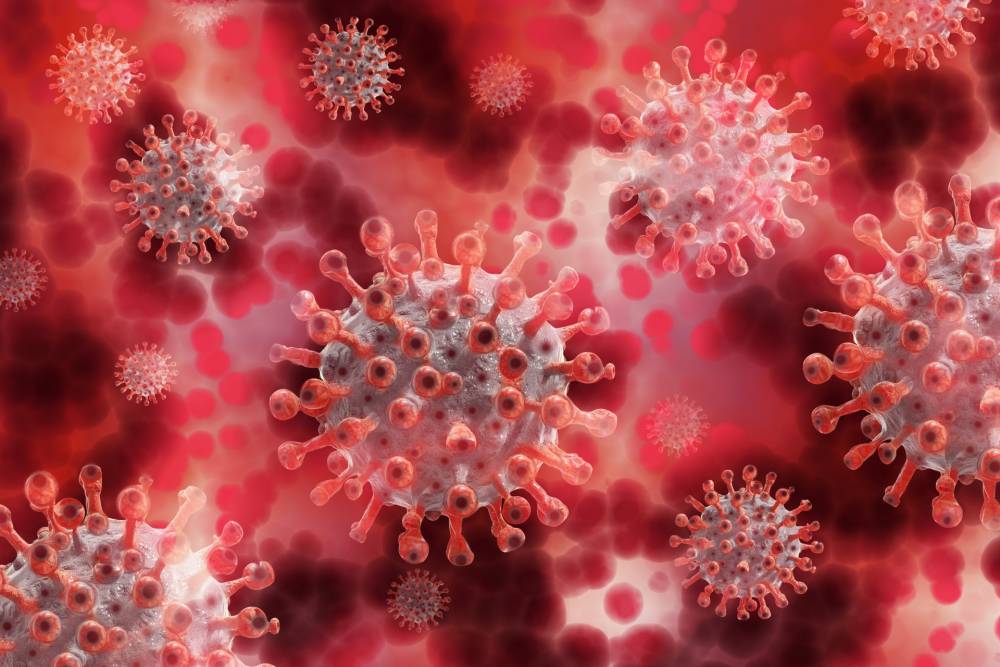
The Centers for Disease Control and Prevention (CDC) released a new study that specifically examines how COVID-19 is affecting American Indians and Alaska Natives (AI/AN) – one of the racial and ethnic minority groups at highest risk from the disease. CDC found that in 23 selected states, the cumulative incidence of laboratory-confirmed COVID-19 cases among AI/AN was 3.5 times that of non-Hispanic whites.
These data also showed that AI/AN who tested positive for SARS-CoV-2 tended to be younger than white non-Hispanic individuals with COVID-19 infection. Compared to whites, a higher percentage of cases among AI/AN individuals were in people under 18 years of age (12.9 percent AI/AN; 4.3 percent white), and a smaller percentage of cases were among AI/AN 65 years or older (12.6 percent AI/AN; 28.6 percent white). Limited data were available to quantify the disparity in COVID-19 incidence, COVID-19 disease severity, and outcomes among AI/AN persons compared with those among other racial/ethnic groups, reinforcing the need to prioritize improved data collection as a key strategy to understand and improve health outcomes.
Recent CDC studies have shown that AI/AN are among the racial and ethnic minority groups at higher risk for severe COVID-19 outcomes. Persisting racial inequity and historical trauma have contributed to disparities in health and socioeconomic factors between AI/AN and white populations that have adversely affected tribal communities. The elevated incidence within this population might also reflect differences in reliance on shared transportation, limited access to running water, household size, and other factors that might facilitate community transmission.
Funding to address COVID-19 disparities
CDC, using a multifaceted approach, has provided more than $200 million in COVID-19 funding to Indian Country, which will support tribes and tribal organizations in carrying out COVID-19 preparedness and response activities, including surveillance, epidemiology, laboratory capacity, infection control, and mitigation.
“American Indian and Alaska Native people have suffered a disproportionate burden of COVID-19 illness during the pandemic,” said CDC Director Robert R. Redfield, M.D. “This funding approach will broaden access to COVID-19 resources across tribal communities.”
This CDC funding to date exceeds the $165 million directed by Congress through the Coronavirus Preparedness and Response Supplemental Appropriation Act, 2020, and the Coronavirus Aid, Relief, and Economic Security Act or the CARES Act.
- $142 million in funding that reaches more than 490 tribes and more than 39 million individuals through a new noncompetitive grant, Supporting Tribal Public Health Capacity in Coronavirus Preparedness and Responseexternal icon.
- $50.8 million to regional tribal organizations representing more than 500 tribes and more than 2 million AI/AN and 4 tribal nations serving populations of 40,000 or more through supplements to an existing CDC cooperative agreement, Tribal Public Health Capacity Building and Quality Improvement.
- $12.9 million through supplements to an existing cooperative agreement, Strengthening Public Health Systems and Services Through National Partnerships to Improve and Protect the Nation’s Healthexternal icon to address COVID-19 among urban American Indians and Alaska Natives and to conduct national COVID-19 communication activities for tribes.
- $750,000 through the Public Health Crisis Response cooperative agreement administered by CDC’s Center for Preparedness and Response to support COVID-19 incident management efforts in the Cherokee Nation (Oklahoma).
“Funding is only one step in addressing the impact of COVID-19 on tribal communities,” said José T. Montero, M.D., Director of CDC’s Center for State, Tribal, Local, and Territorial Support. “CDC is continuing to work on coordinated outreach to tribal nations through our Office of Tribal Affairs and Strategic Alliances and new Tribal Support Section to provide remote- and field-based support to our hardest hit tribal communities.”
The CDC says it will continue to work with tribal nations to ensure resources are available to maintain and manage physical and mental health, including easy access to information, affordable testing, and medical and mental health care.


Bulloch Public Safety
Several Arrested in Bulloch for Narcotics Trafficking After Citizen Complaints

Bulloch Public Safety
12/19/2025 Booking Report for Bulloch County

Chattooga Local News
Trump signs executive order reclassifing marijuana

Bulloch Public Safety
12/18/2025 Booking Report for Bulloch County

Bulloch Public Safety
11/24/2025 Booking Report for Bulloch County

Bulloch Public Safety
12/12/2025 Booking Report for Bulloch County

Bulloch Public Safety
12/01/2025 Booking Report for Bulloch County

Bulloch Public Safety
12/16/2025 Booking Report for Bulloch County

Bulloch Public Safety
12/11/2025 Booking Report for Bulloch County





